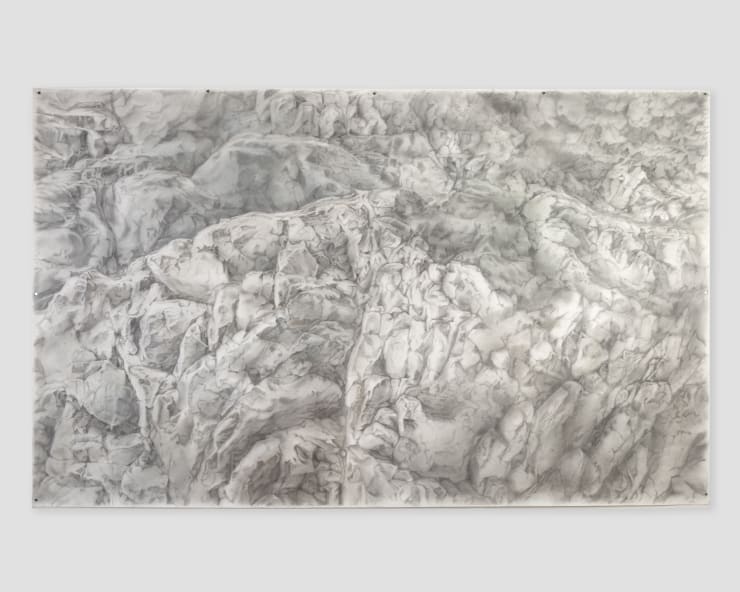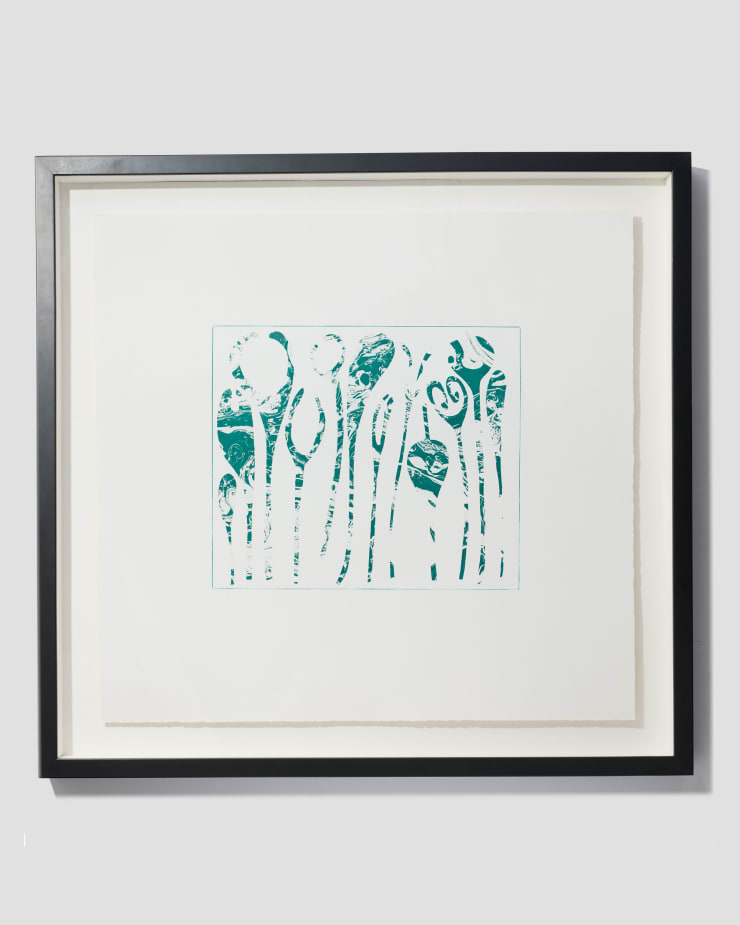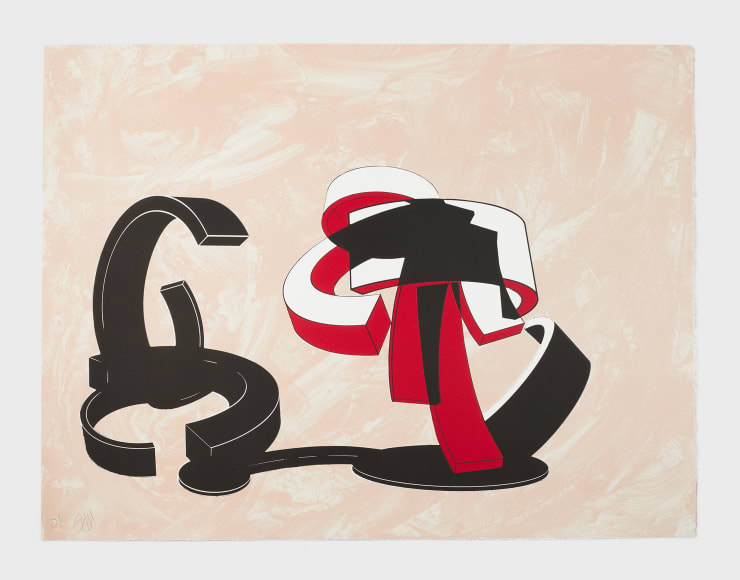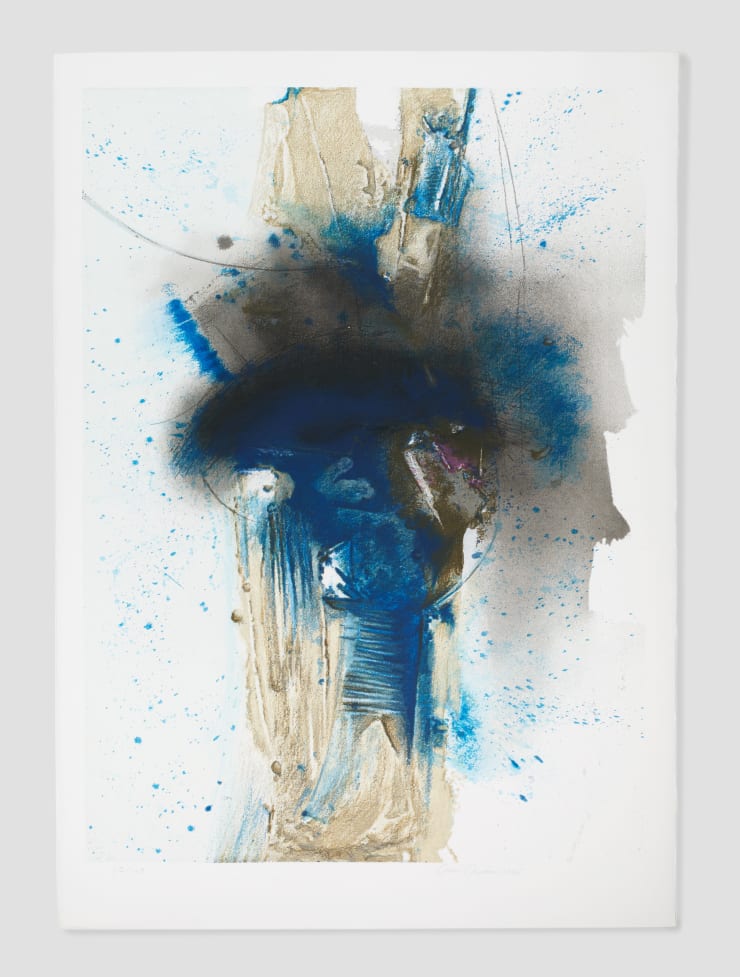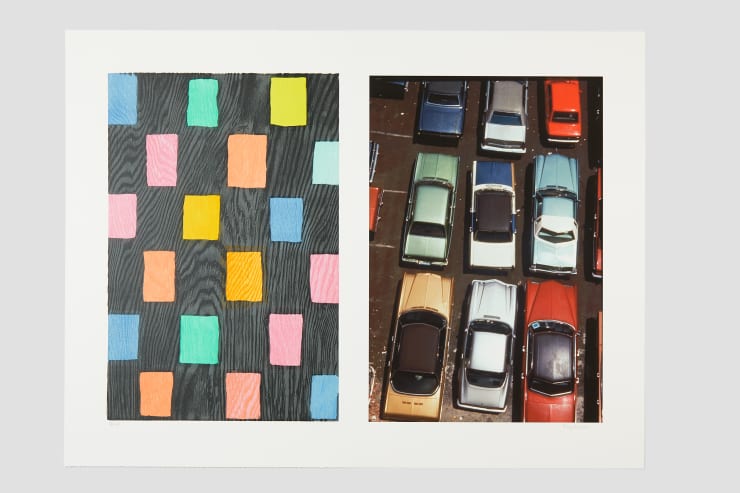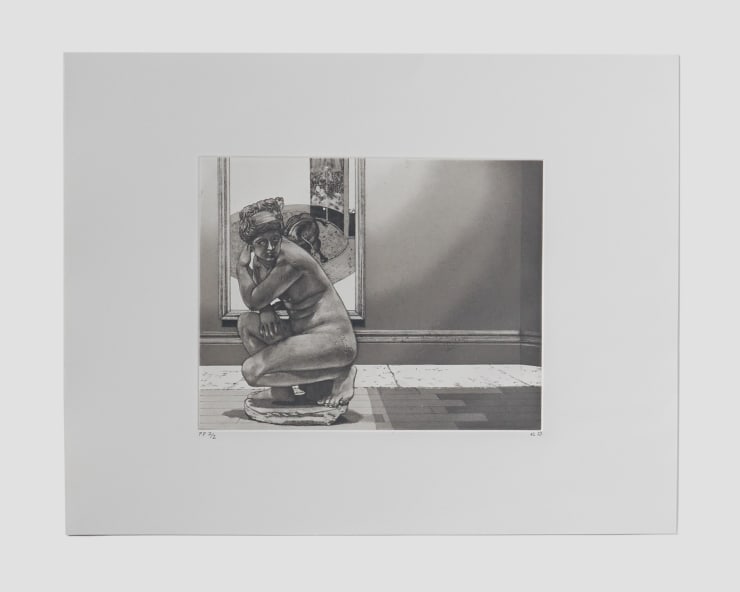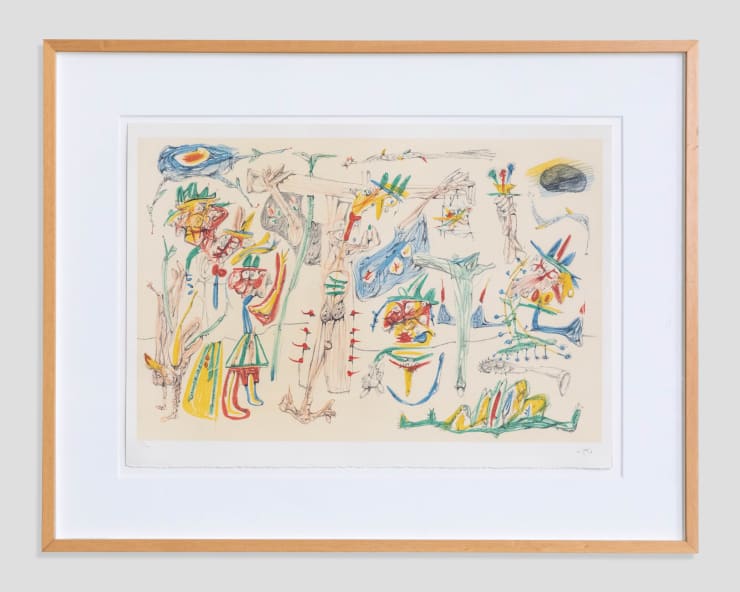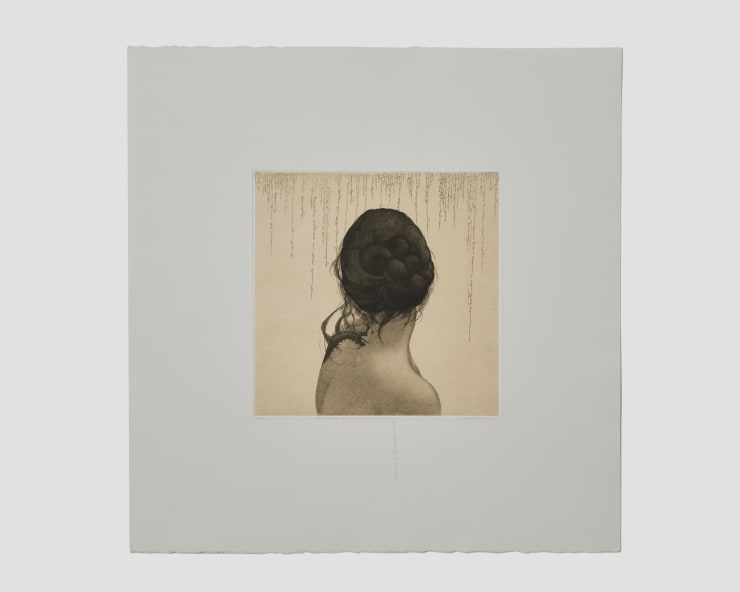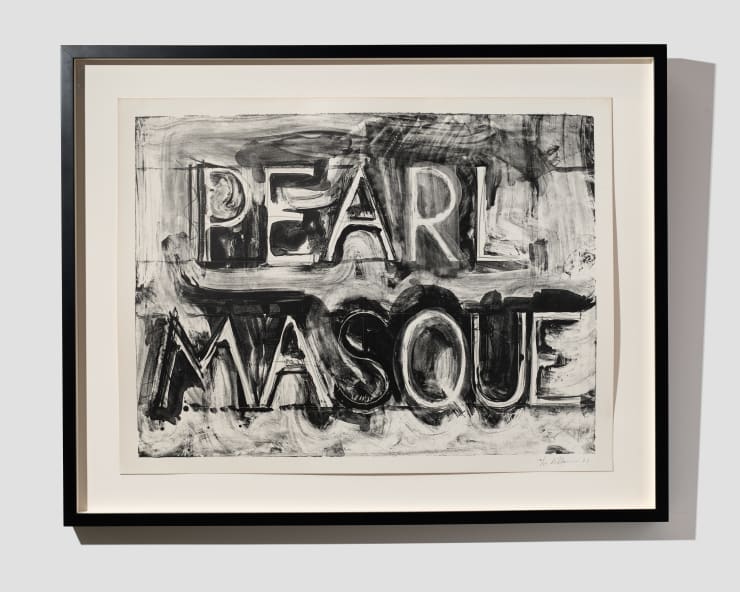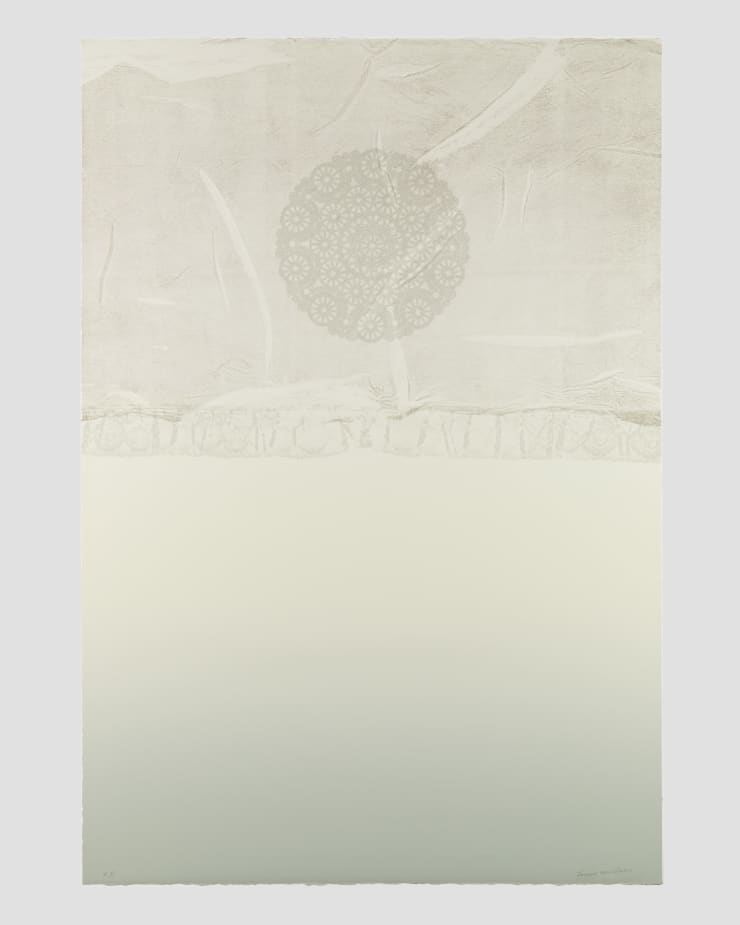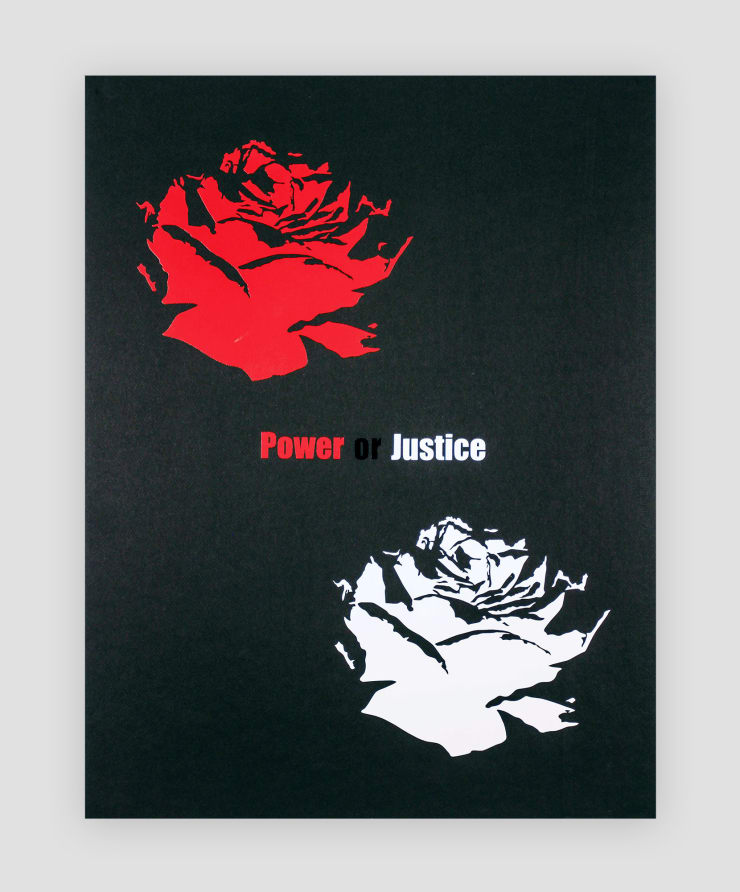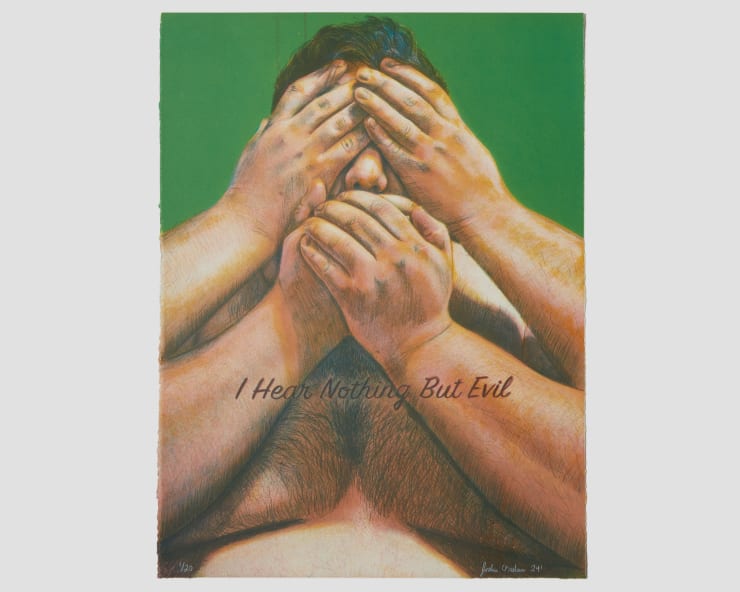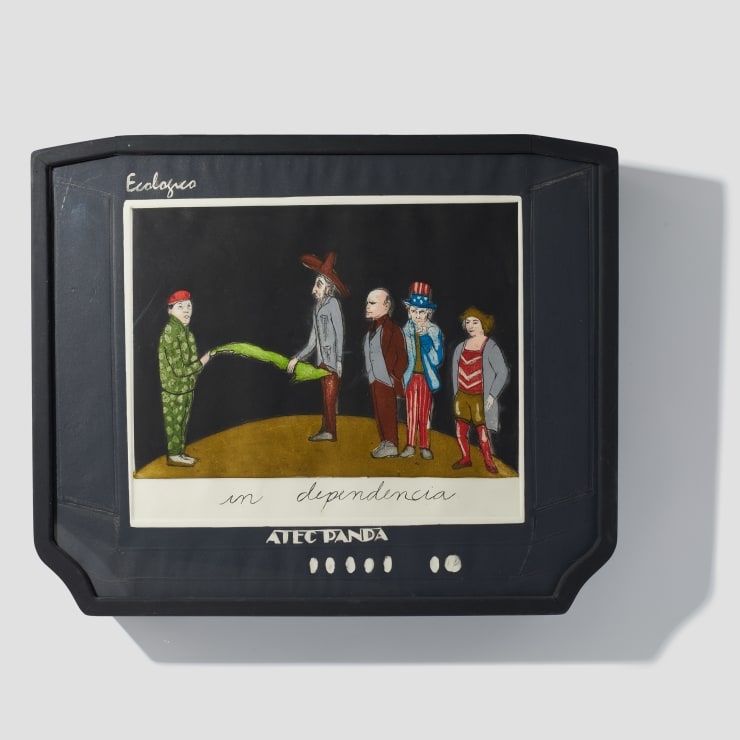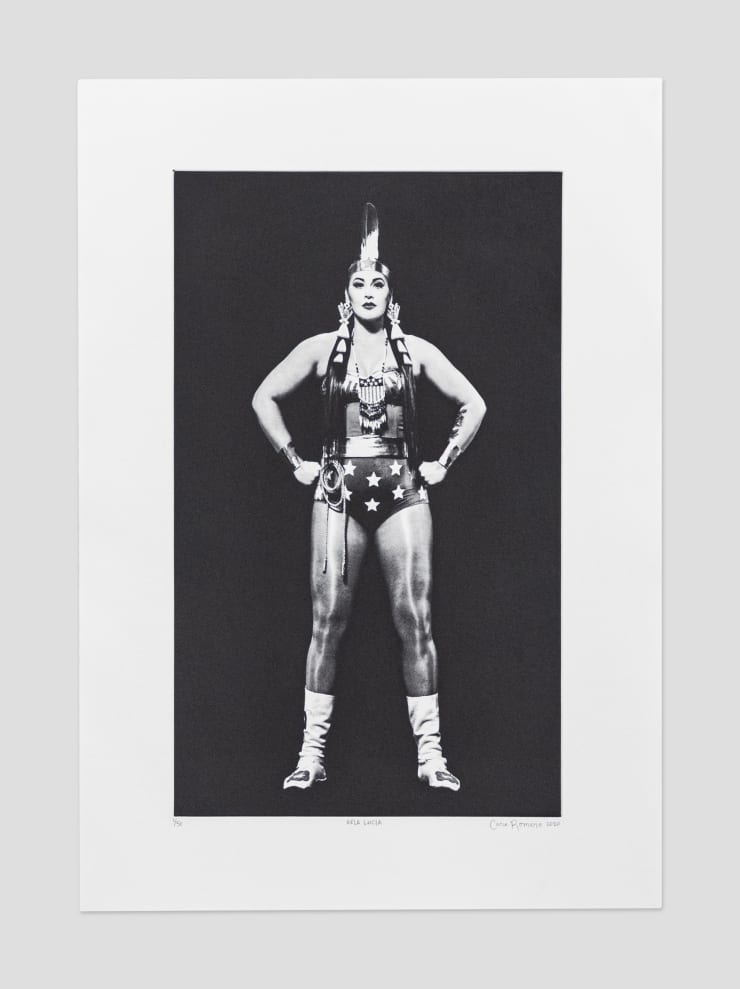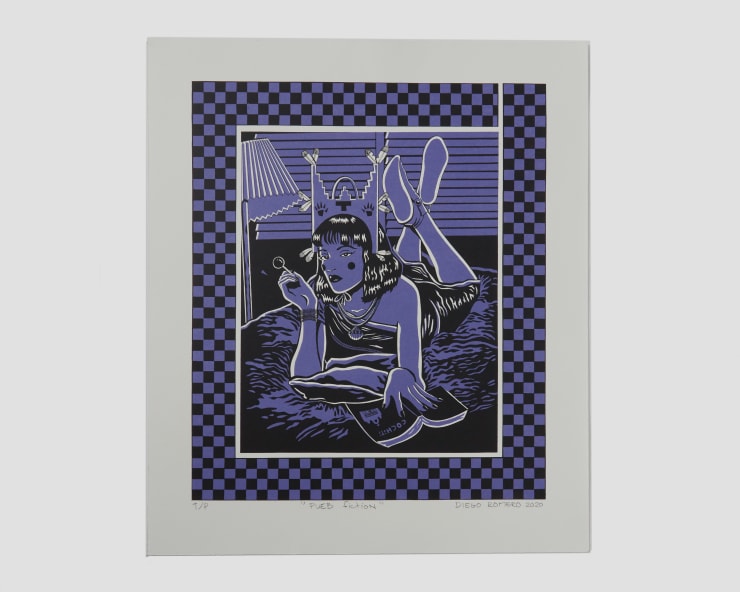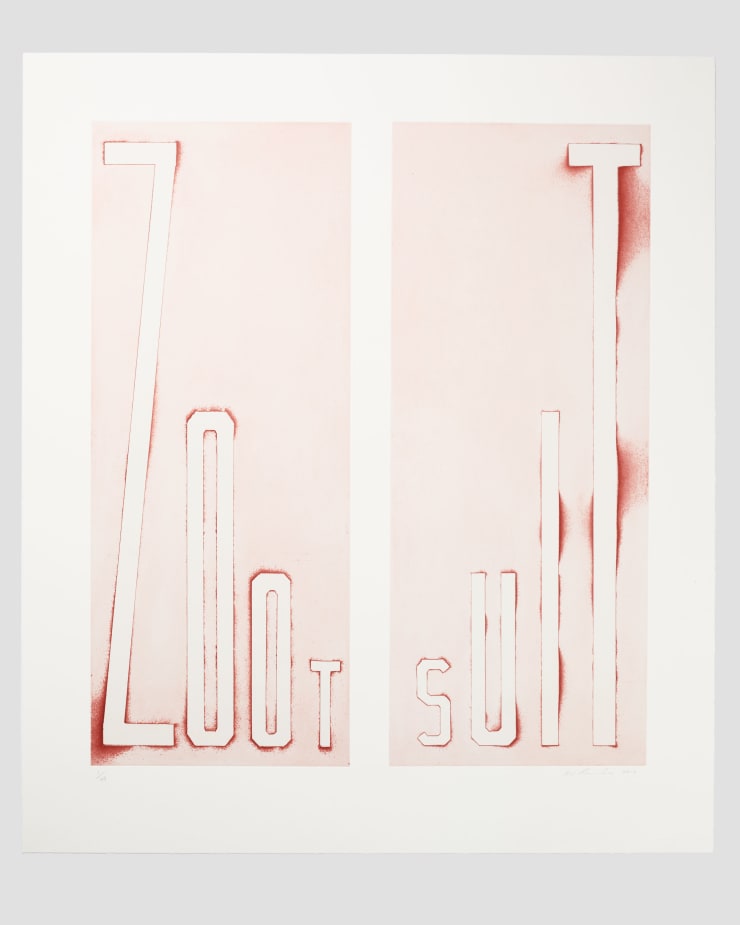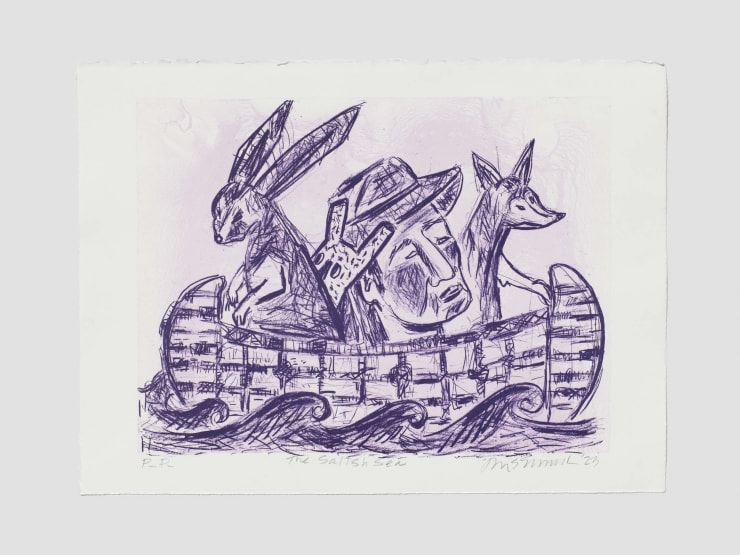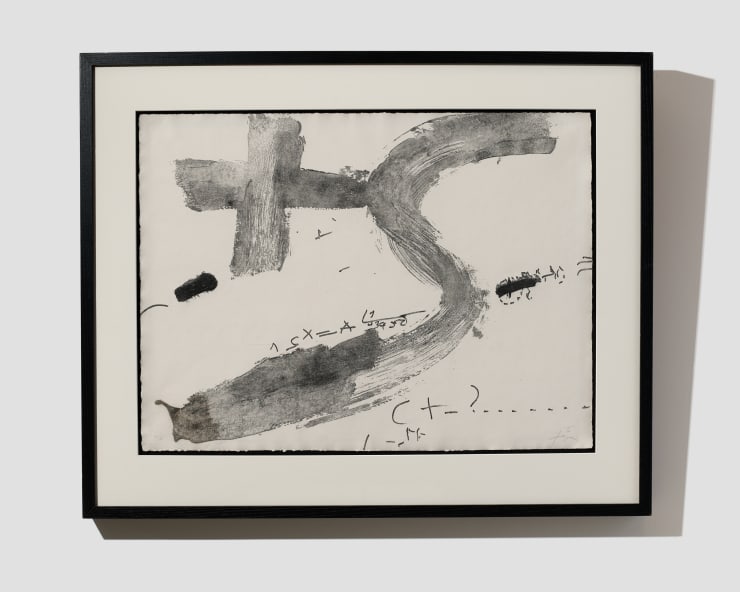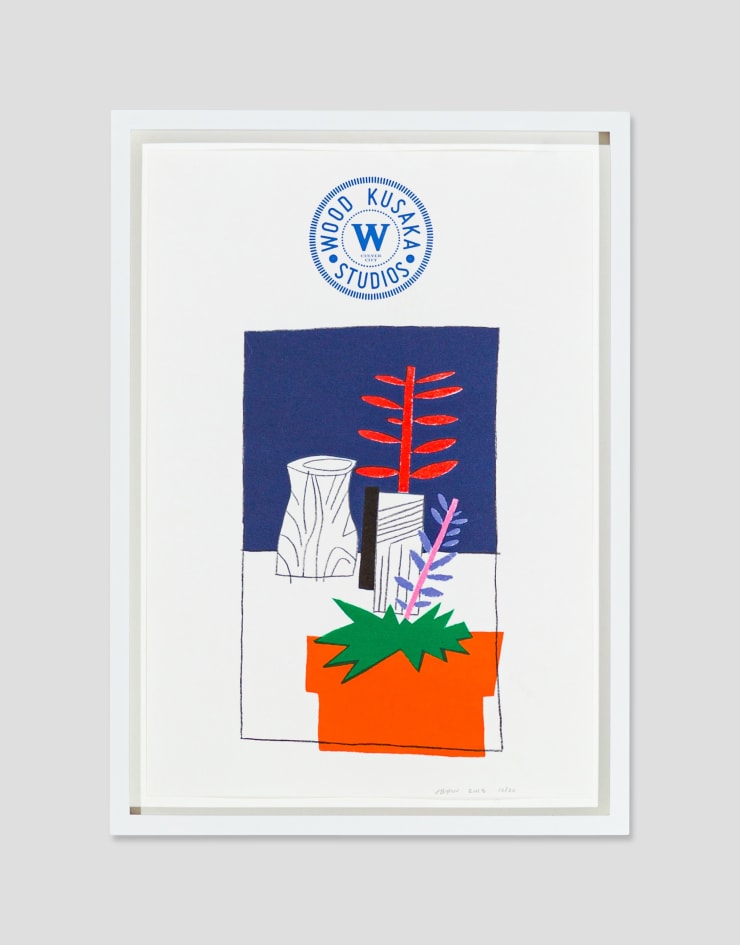-

Manuel Amorim
-

El Anatsui
-

Richard Anuszkiewicz
-

Polly Apfelbaum
-

John Baldessari
-

Marc Baseman
-

Katrina Bello
-

Ellen Berkenblit
-

Frederic Bouffandeau
-

Nathan Budoff
-

Steven Campbell
-

Nick Cave
-

Judy Chicago
-

Christo
-

Robert Cottingham
-

Tony Cragg
-

Guy Dill
-

Lesley Dill
-

Jim Dine
-

Peter Doig
-

James Drake
-

Ghada Amer and Reza Farkhondeh
-

Christopher Felver
-

John Fincher
-

Helen Frankenthaler
-

Enrique Gay Garcia
-

Jeffrey Gibson
-

John Gibson
-

Nancy Graves
-

Jon Greene
-

Harmony Hammond
-

James Havard
-

Mary Heilmann
-

David Johns
-

Anish Kapoor
-

Rinko Kawauchi
-

Sonya Kelliher-Combs
-

Ellsworth Kelly
-

Katherine Lee
-

Sol Lewitt
-

Matt Magee
-

Lloyd Martin
-

Roberto Matta
-

Patrick McFarlin
-

Will Mentor
-

Ibrahim Miranda
-

Jiha Moon
-

K. Hauser Mortenson
-

Jill Moser
-

Olivier Mosset
-

Robert Motherwell
-

Carol Mothner
-

Vik Muniz
-

Greg Murdock
-

Dan Namingha
-

Bruce Nauman
-

Louise Nevelson
-

Nicky Nodjoumi
-

Reynier Leyva Novo
-

Jill O'Bryan
-

Chris Ofili
-

Joshua Orsburn
-

Mimmo Paladino
-

James Perigord
-

Pascal Pierme
-

Nusra Qureshi
-

Sandra Ramos
-

Robert Rauschenberg
-

Cara Romero
-

Diego Romero
-

Fatima Ronquillo
-

Kay Rosen
-

Mika Rottenberg
-

Ed Ruscha
-

Fritz Scholder
-

Antonio Segui
-

Paul Shapiro
-

David Shrigley
-

Jeanette Pasin Sloan
-

Jaune Quick-to-See Smith
-

Kiki Smith
-

Tony Soulie
-

Donald Sultan
-

Mark di Suvero
-

Rufino Tamayo
-

Antoni Tàpies
-

Gail Gash Taylor
-

Martha Tuttle
-

Richard Tuttle
-

Jose Vincench
-

Jonas Wood
-

Lu Xinjian
-

Akira Yamaguchi
-

Robert Zakanitch






